Sun Protection Factor: 5 Things You Need To Know
Summer is here. Finally. As much as I complained about the overly rainy and cold May to most everyone that crossed my path, I do love the fact that it puts things into perspective and makes me so much more appreciative about the arrival of warm, sunnier days. In other words: a lot of time spent outside, wearing little to no clothes and soaking up as much sunshine as possible! But only with the according sun protection, of course.
Maybe you would agree with me, that during the teenage years, applying sunscreen was not necessarily what the cool kids at the beach did. I never got burnt too bad, but considering the fact that I don’t even leave the house without at least SPF 30 on my face, rain or shine, nowadays, it seems irresponsible how little thought I gave the protection of my skin back then. Just like it is irresponsible how little thought we give the protection of our oceans and beautiful corals. However, when you get older (how do I manage to end up finding a way back to the fact that I am 30 now in every single blogpost?), priorities shift. Including the appreciation for sunscreen. I now consider the application of sunscreen very much a part of my beauty routine, rather than an uncool task my mom told me to carry out. But in all honesty, I never knew that sunscreen can harm our oceans while protecting our skin – until Caudalie introduced me to their Ocean Protect mission.
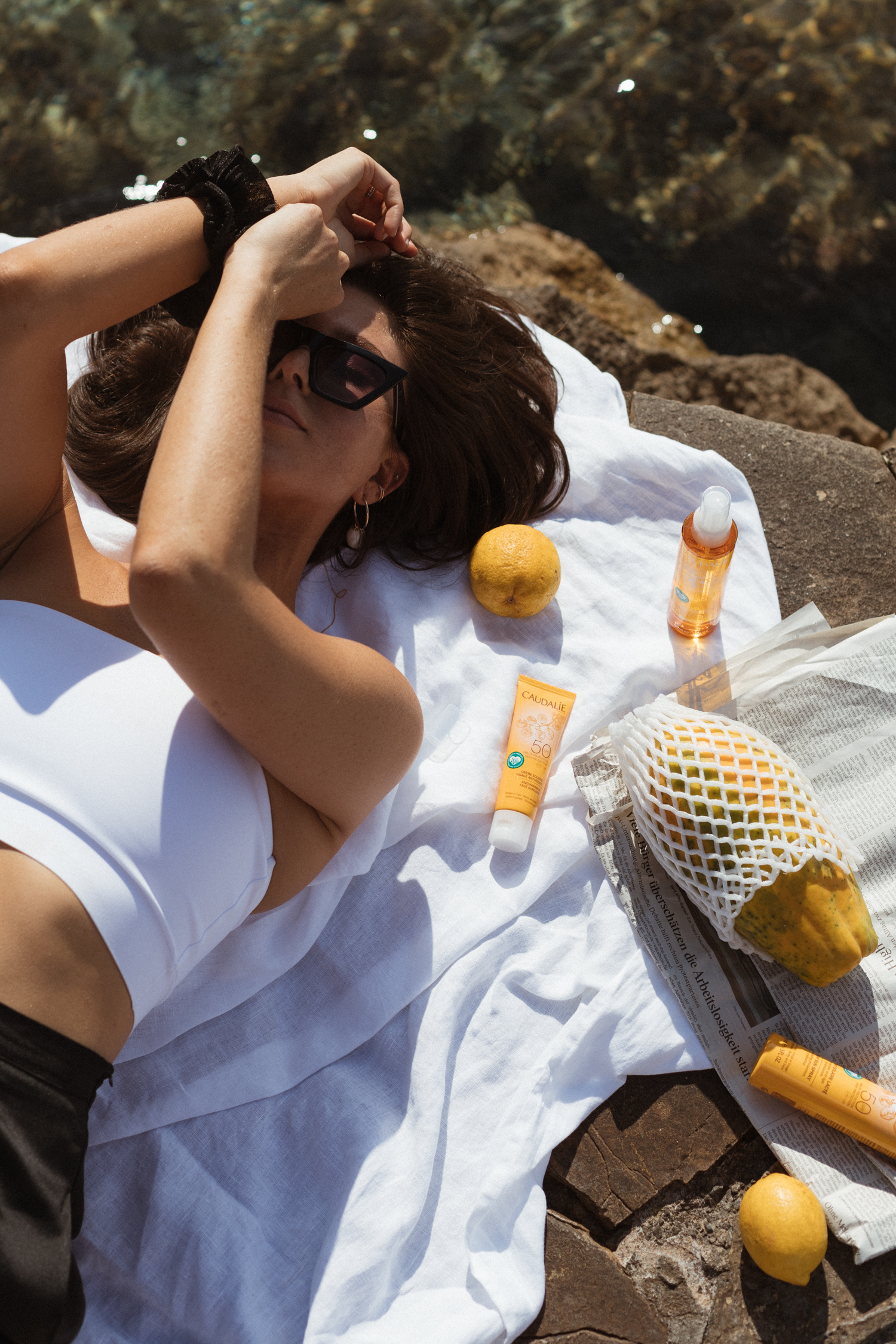
What have been my biggest SPF-learnings over the years?
Why is sunscreen so important for our skin?
And why does the right choice of sunscreen also play a big roll, also for our environment?
I am no scientist or expert in the field of beauty, but I know what I like and what my skin likes. Caudalie happens to be one of the brands my skin really likes. In addition, they are highly engaged to create products, which are effective and solution-oriented for skin while providing a sense for sustainability as a brand. That is why I have teamed up with the the French skincare brand to talk about 5 things you need to know about sunscreen.
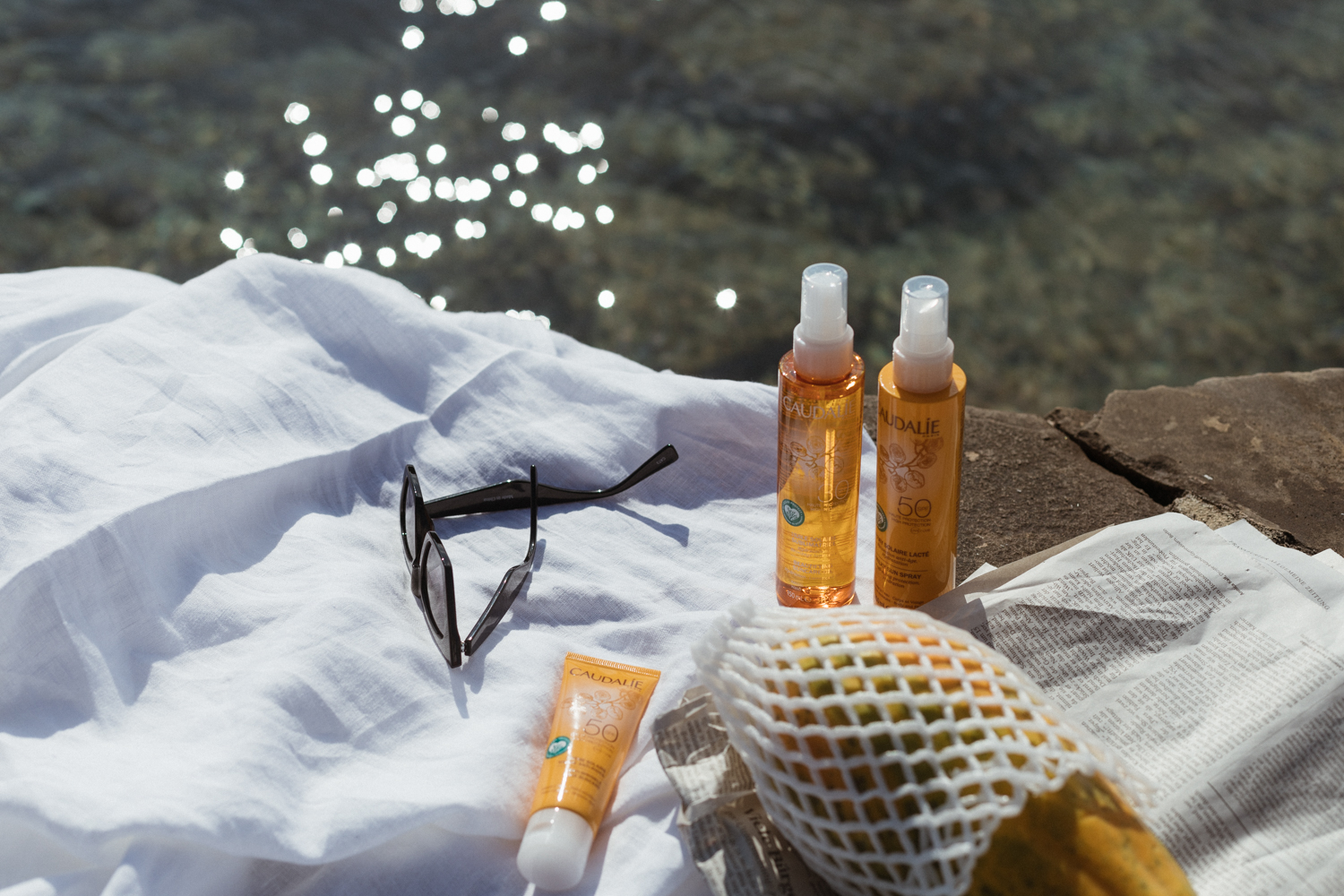
The Sun Protection Factor: 5 things you need to know and what Caudalie does for ocean protection
First things first: What is an SPF?
SPF means Sun Protection Factor, an index that offers a degree of anti-redness (anti-UVB) protection measured in skin reaction time. For example, an SPF of 15 means that it takes 15 times as long for redness to appear on skin with the cream as opposed to without the cream.
What is the difference between UVA and UVB rays?
This is where it gets interesting. Quite frankly, the answer is super simple but I never really gave it much thought. UVA rays (think of the A for „age“) are the longest and most dangerous rays. They are largely responsible for skin ageing and can even be carcinogenic in the event of overexposure. Whereas UVB rays (B for „burn“) are the rays responsible for tanning but can also cause sunburn. Good sun protection should always protect your skin against both, the burn and the aging!
When, how much and what kind of sunscreen should you apply as part of your beauty routine?
Generally speaking, sunscreen should be the last step in your beauty routine. Especially, since I pick my suncare products not simply for the protection factor but also for the care aspect, and the Caudalie ocean protect solaire products are great addition to my daily routine. Various Caudalie products have been an essential part of my bathroom products for a year now and I highly appreciate the brand. That’s why, you will find me replacing my moisturizer with the anti-wrinkle sun care with SPF 50 sometimes – the same goes for body lotion! I simply love the texture and way it makes my skin feel. Even the Beautifying Skincare Oil with SPF 30(anti-ageing and hydration meets luminous tan) can be great to apply over legs post-shower in the morning to make sure you are protected (and smooth) the second you step outside in the sun, no matter if you are on the way to the office or beach.
Don’t forget: sunscreen should always be re-applied after any exposure to water.
Why can sunscreens be harmful to nature?
You have probably heard about the fact that sunscreen washes off our bodies into the oceans and the product itself is increasingly receiving criticism for the way it pollutes seas and oceans. Every year, 14,000 tonnes of sun cream are discharged into coral reefs. The silicones as well as certain filters (especially Oxybenzon, Octinoxat) that they contain are not readily biodegradable and pollute the oceans, causing a devastating impact to the marine ecosystem, especially corals. Hence, it is not only important to make sure your sunscreen protects against both UVA and UVB rays, but also protects the oceans. Caudalie’s motto is: Protect your skin and we protect nature!
Lastly: Which ingredients should your sunscreen NOT include?
Oxybenzon, Octinoxat, Octocrylen and Nanoparticles. Nano-what? Nanoparticles are particles with a diameter size of less than 100 nanometres. They are frequently used in sun creams on the market to make the textures more fluid without leaving a white finish. These particles can be identified on the ingredients list by the annotation [nano] before the name of the filter. Nanoparticles are controversial because they are suspected of being endocrine disruptors and of having toxic effects. This being the reason why Caudalie has created innovative SPF protection with four approved save chemical sun filters, each used in its optimal dose, to offer both UVA and UVB protection with a minimum of filters, as well as guaranteeing an invisible finish – none oft hat thick white coating on the skin! In addition to the innovative ocean protect formulation, which is free from nasties, Caudalie added a patented active ingridience complex, out of grape seed polyphenols, Vitamin E and spruce extract, to protect the skin from free radicals.
Personally, I can honestly say that love every single product from the new Caudalie suncare range, however, the oil is my favorite product (and the bottle already half empty). I am usually not much of a fan of oil-textures but this oil is amazing for my skin and even though I have spent all weekend in the sun and out on the water, not even so much as a hint of a sunburn has developed. #winning
*in friendly collaboration with Caudalie (Anzeige)



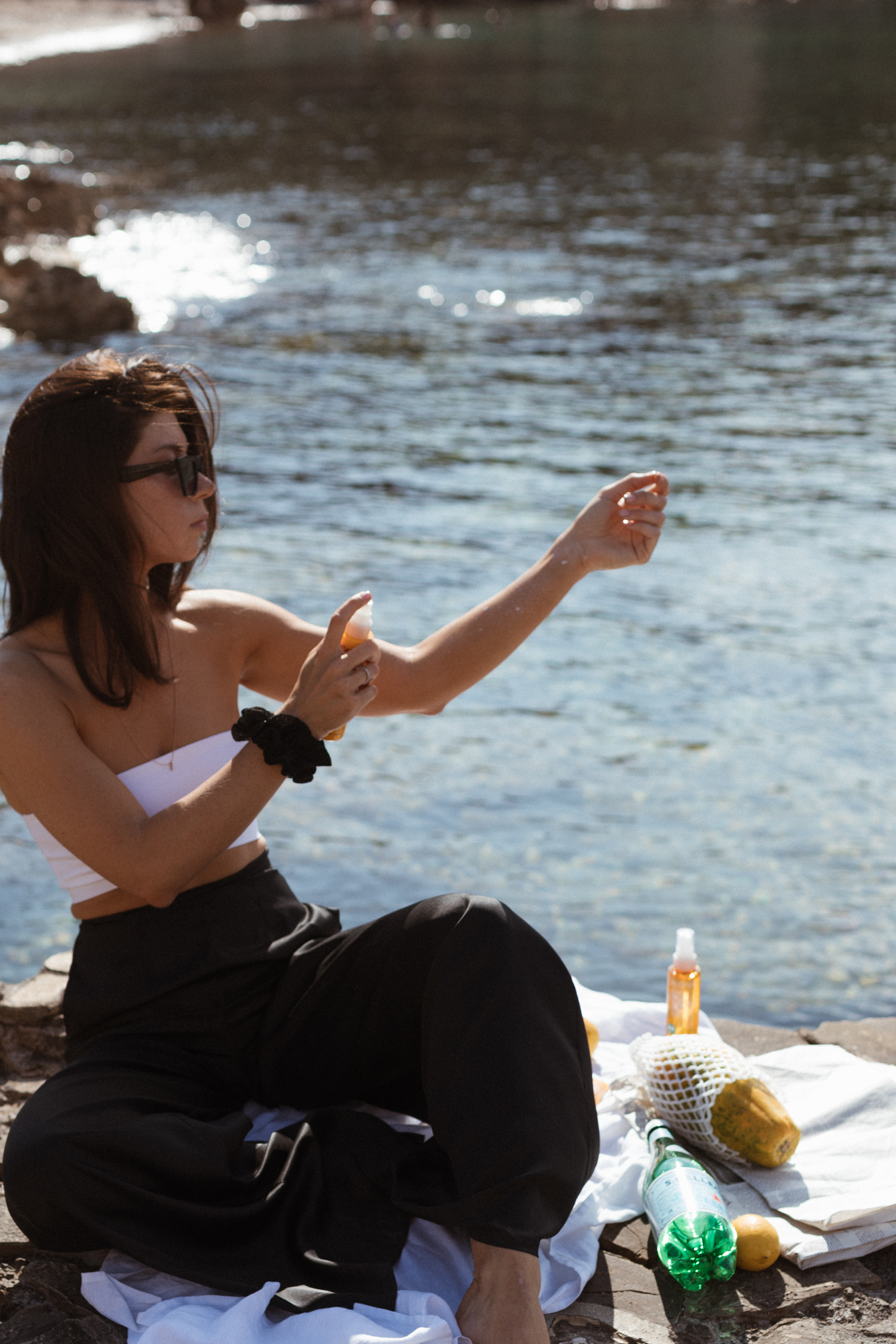
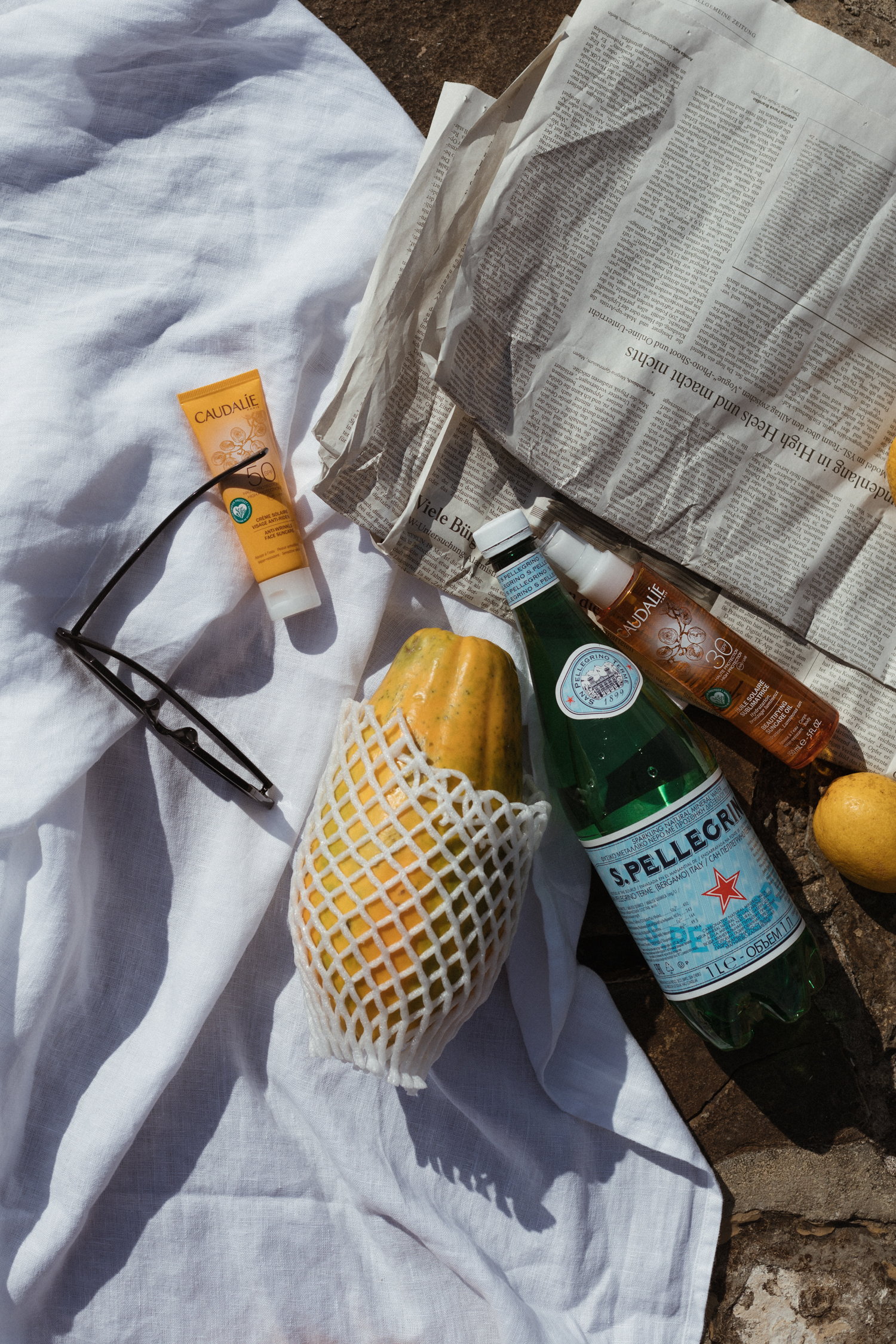
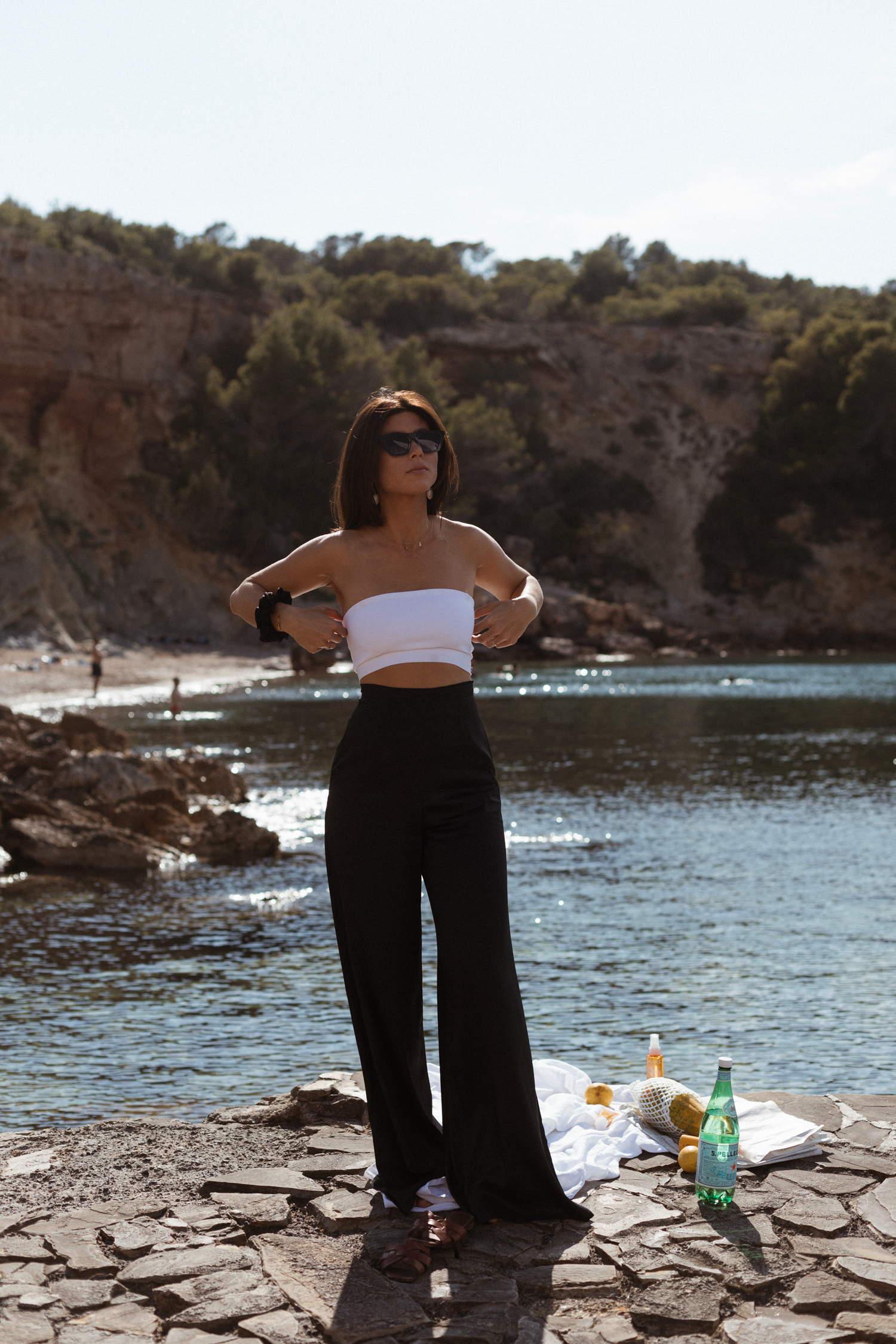
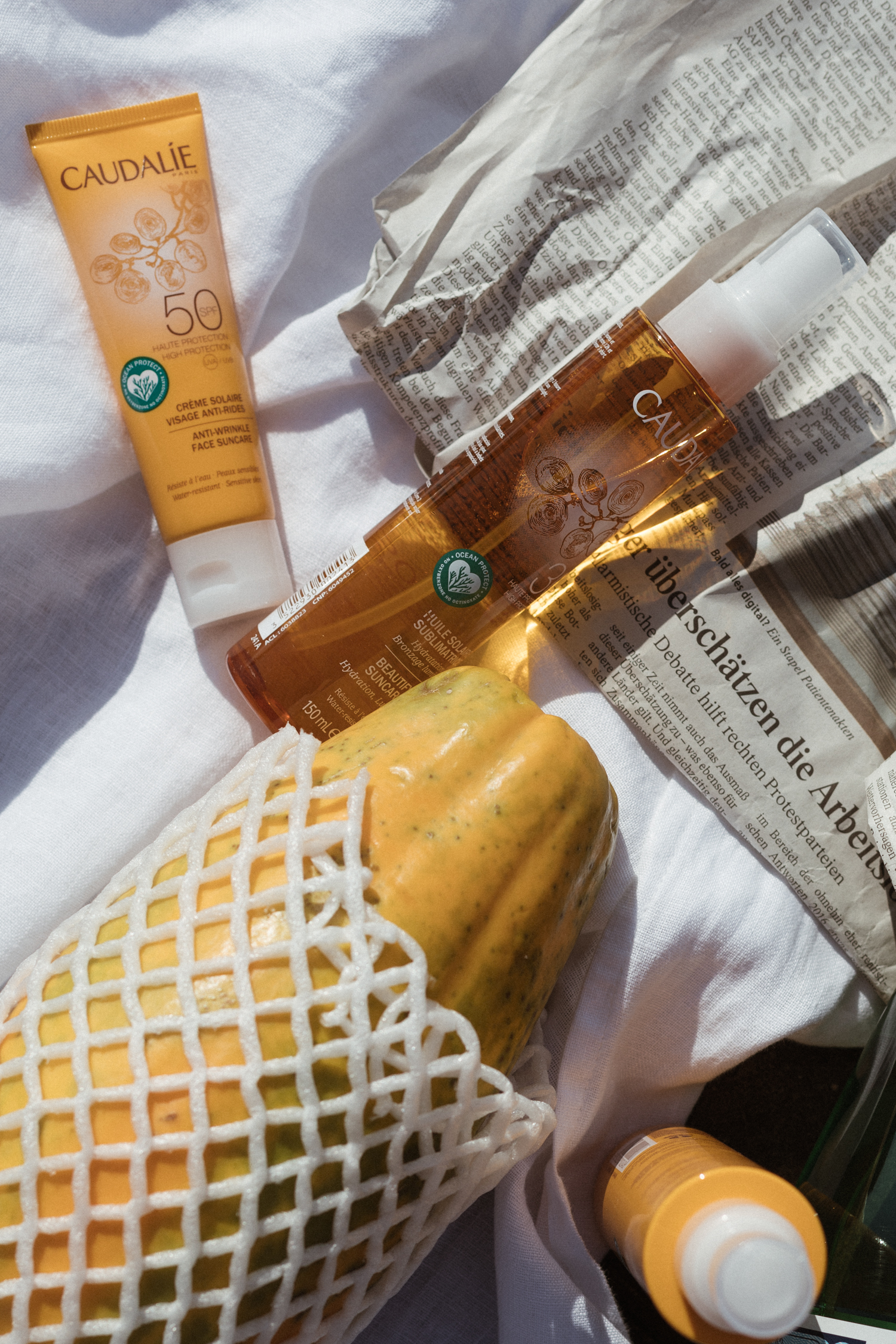
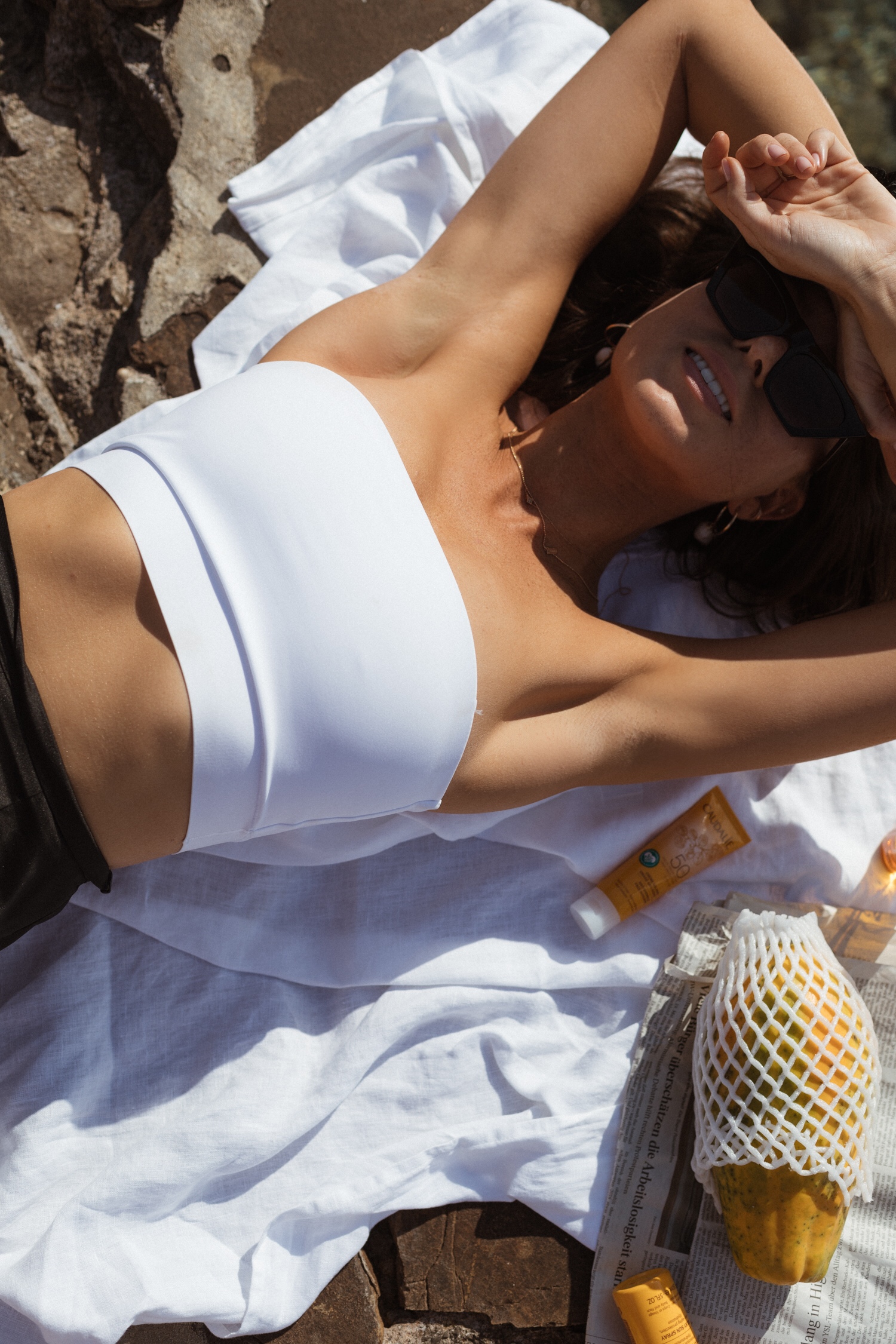
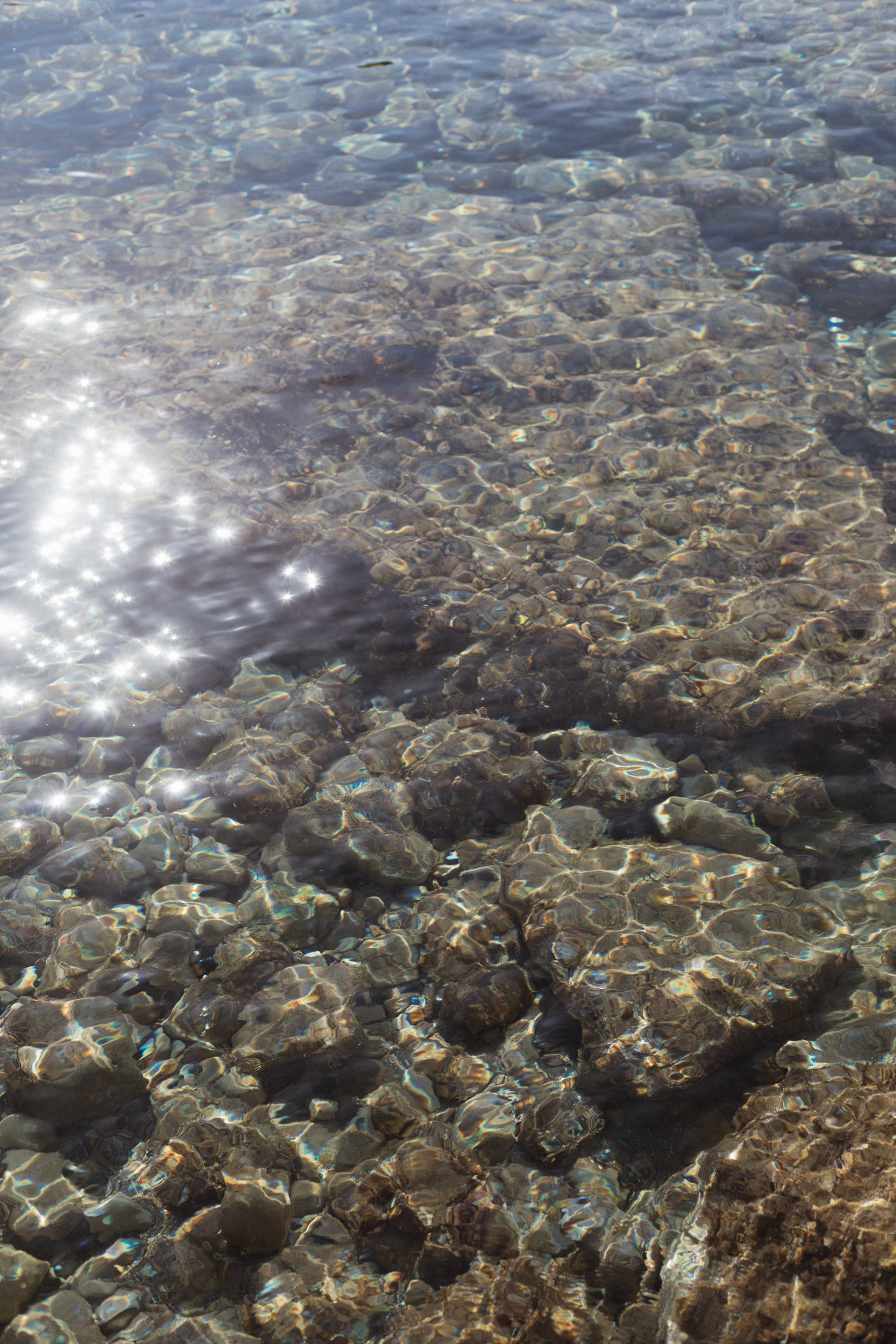
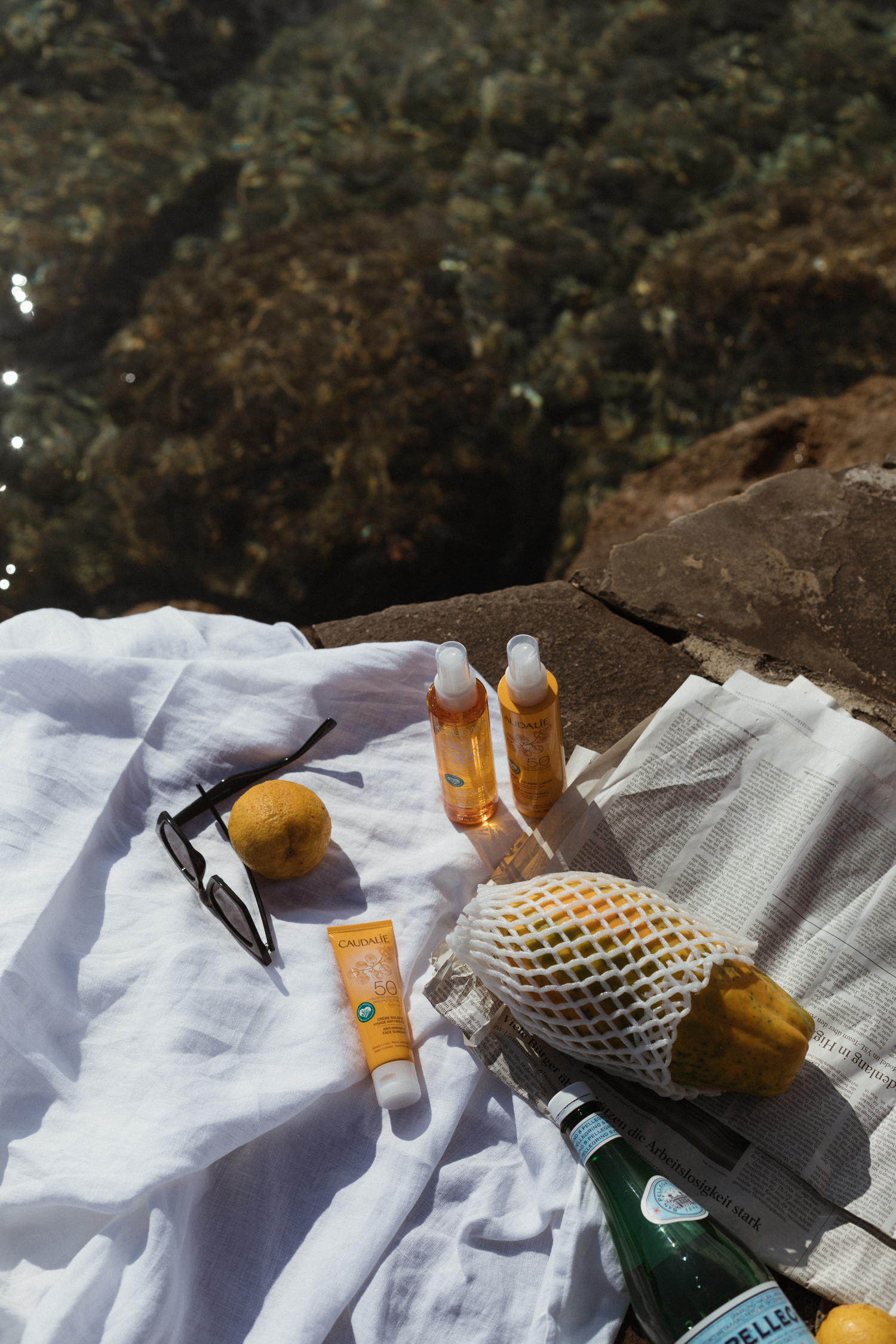
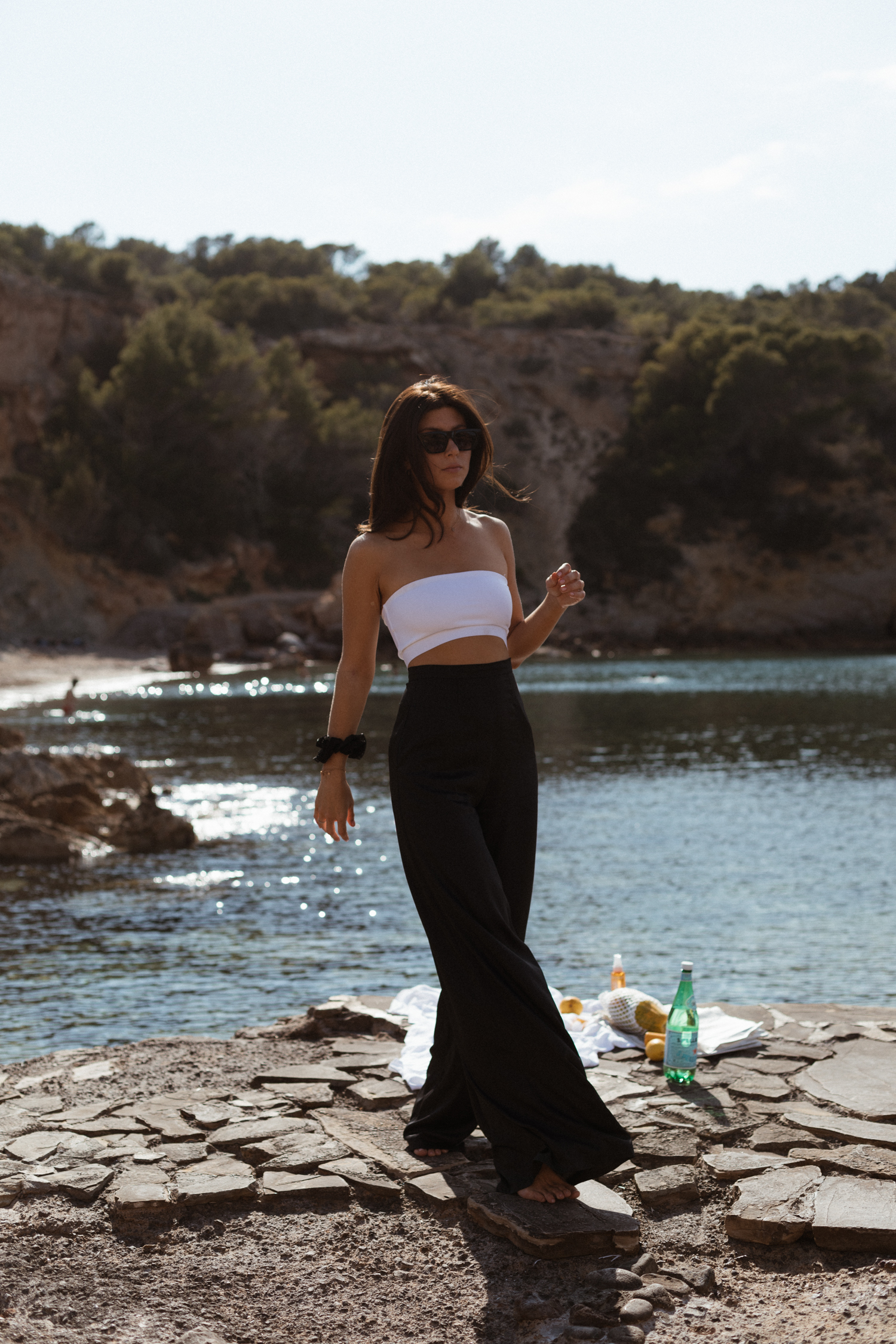
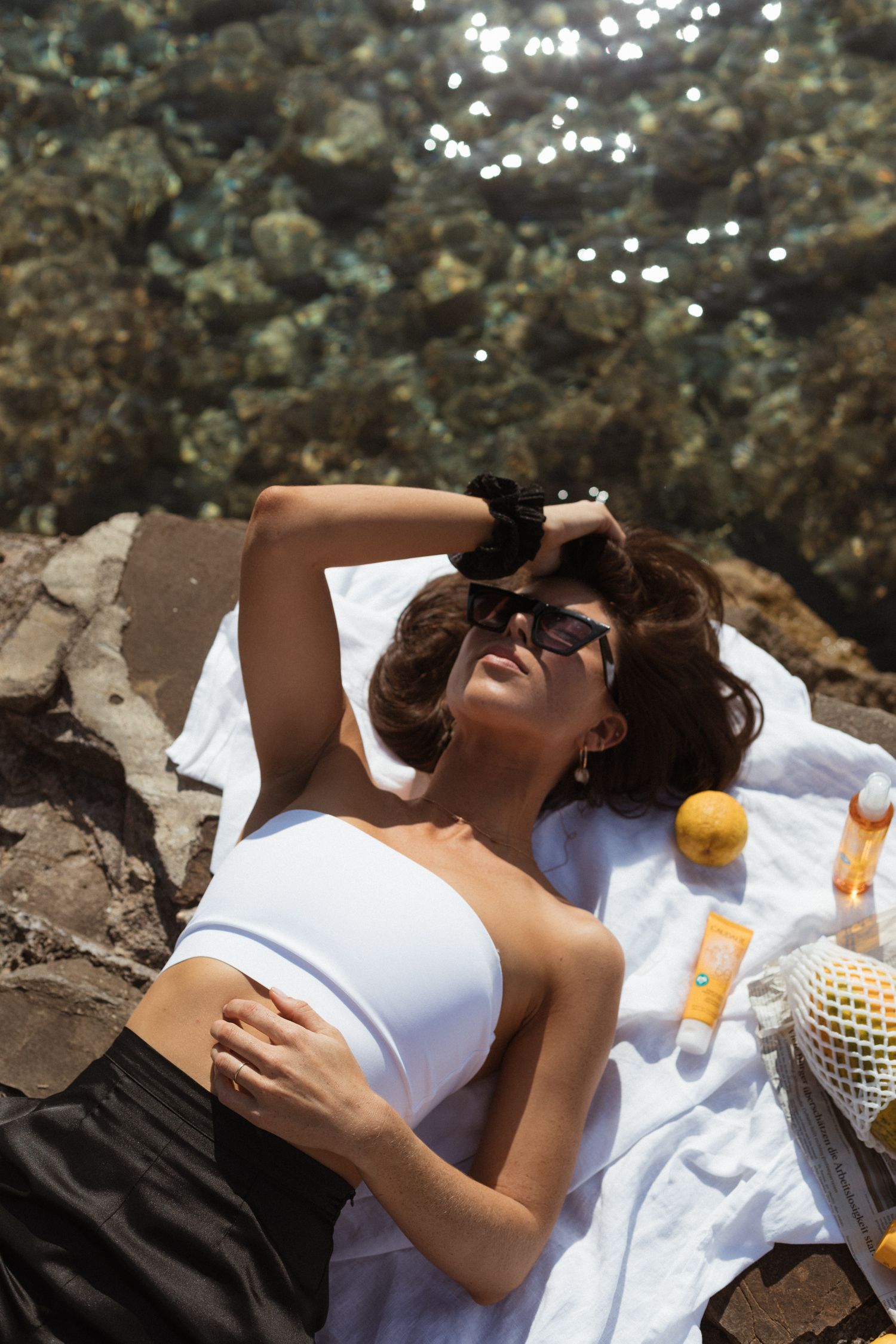

















Danke für die Tipps, ich habe mich lange Zeit gar nicht eingekremt, aber ich weiß, dass es überhaupt nicht gut ist für die Haut… :/
Liebe Grüße, Sandra / https://shineoffashion.com/
https://www.instagram.com/sandraslusna/
Hi Vicky,
wie sieht es bei dem Sonnenschutz von Caudalie mit Flecken auf weißer Kleidung aus, wie man es von so manch anderen Sonnencremes kennt? Gibt es was die Rückstände auf Kleidung angeht, einen Unterschied zwischen dem Öl und der Milch?
Lieben Dank schonmal 🙂
Hallo liebe Nicole,
also das Öl habe ich jetzt am Wochenende 4 Tage am Stück verwendet und konnte weder Öl-Flecken noch sonst welche auf der Kleidung feststellen. Bei der Creme habe ich die 5oer im Gesicht verwendet, hier hatte ich jedoch keine Berührung zu Stoffen oÄ und kann nichts dazu sagen. Die 50er Creme habe ich auf den Beinen schon mehrmals verwendet, auch ohne Flecken, aber immer nur mit weiter Kleidung. Generell finde ich, dass die Produkte extrem schnell einziehen und daher auch keine Gefahr für Flecken bieten.
Hoffe das hilft dir!
Alles Liebe,
Vicky